I was hooked to chemistry when I was in class 9-10. There was a chemistry teacher who gave an exciting lecture on how chemistry is somehow connected to all areas including music which he connected to the periodic table of elements (the law of octaves). I took Chemistry when the best students in my times were taking Physics as a subject, though I was eligible for Physics (Hons) and Chemistry (Hons) in any of the best colleges in Delhi University.
In college also I was lucky to get teachers who could create a scintillating lecture and the same happened in my Masters in Delhi University where I was close to some of the best professors in the department who gave me and my friends access to their personal books.
They told us stories about great Indians like C V Raman, J C Bose, S N Bose, S S Bhatnagar, G N Ramachandran all of whom missed the Nobel Prize (except Raman). This has created in me a hunger for the history of science and the life of great scientists. I believe that is a habit that exists even today. I again was lucky to choose research (I passed IAS prelims and though my father wished, I did not go for the Mains Exam and my family especially my sisters were of great support even though financially it was a very difficult decision as my father had retired and we had no other earning member).
I was lucky to choose IISC Bangalore over IIT Kanpur for my PhD as the interview dates clashed and I got the opportunity to work under the supervision of one of the great scientists working on Chemistry of materials (Prof C N R Rao) in the country and one of the pioneers in the world. Working with such a great personality made me learn great traits and even today at the time of taking decisions his priorities in life, ways of analysing problems and time management give me the right directions to follow.
IISc Bangalore was and probably still is a paradise for research in our country, with enormous interdisciplinary interactions among departments and a culture of creativity and thinking in a very green environment. Students were relaxed and had all the time to think and follow their other hobbies. It was a melting point of cultures and thoughts and made me a scientist. The research area I fell in love for my entire life came to me in the prime of my learning curve in research when I had already spent 2 years in research in some other area, as there was a great discovery in 1986 December on the discovery of an oxide superconductor at high temperature.
I consider myself lucky to grow in the charged atmosphere when there was a regular discussion on weekly basis, international visitors coming, working overnight and every other day going to lab feeling today we will get a result that will astound the world of science and publishing several papers. We were competing with the best labs in the world and also interacted with them which gave me an opportunity to go to some of the best Industrial Research labs (I had offers from DuPont and IBM at the same time as visiting scientist) and my work with one of these industrial R&D also gave me an insight to patenting activities apart from the research papers in my PhD. I decided not to join the industry for a job and switched to a highly endowed (though remote place) national lab in the USA at half my salary to work in a totally new area. I must say it was a bold decision and was advised by an American scientist who knew it would be useful in my career when I return to India. I was to work at IIT Kharagpur but decided to come to IIT Delhi (mainly for my old parents) and I worked hard in difficult circumstances and could create a good research environment and was able to publish some outstanding papers and patents, including transferring technology to DRDO.
I was thrust into administration at the age of 51 but research was always an equal priority in my career, which was a trait learnt from my supervisor. To this day, I must read new science from other labs and our correct some manuscript even if late. I feel that I will stop living if I cannot see research in the lab, new results being discussed in the Saturday group meetings, having evening tea with students after the group meetings. Though research brings joy in each new result by some work remains engraved in my mind. One was our work on new Thallium single layer superconductors in 1988-89, finding unusual bonds between metal atoms in a complex intermetallic compound(1992-3) and another was the understanding of how exactly a nanoparticle grows from a sphere to a nanorod in a droplet (2012).
On India’s Contribution
I think India as a whole has done extremely well to continue to improve in S & T even with limited funds (of about 0.7 % GDP). India is prepared with people trained from Astrophysics, Cryptography, Materials technology to space technology and vaccines. Indian science took up the COVID challenge and has come out successfully. In the past ten years the start-up and industrial R &D has come up in a big way and India is being pitted with the top countries in the near future. I see India being a global scientific leader, in the top three in five years.
Must-Read Book
One book I recommend reading in my area is New Directions in Solid State Chemistry (Cambridge University Press).
Words of Wisdom
My message to the youth is to think from your heart and follow a subject and profession which you like to do. The money will come naturally if one is outstanding in any area and one can only become outstanding if you enjoy your work.
Prof. Ashok K Ganguli is Deputy Director (Strategy & Planning), Professor, Department of Chemistry, Professor, Department of Materials Science &Engineering, Institute Chair Professor, Indian Institute of Technology, New Delhi. He is also Founding Director (Jan 2013-Jan 2018), Institute of Nano Science & Technology, Mohali.

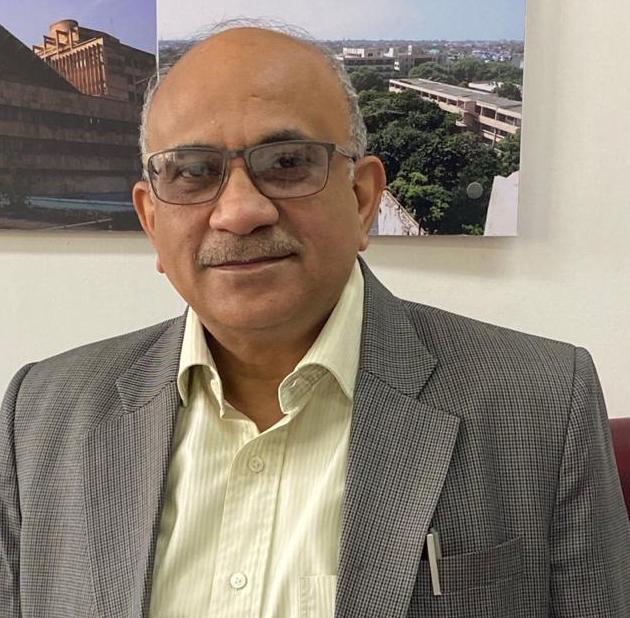
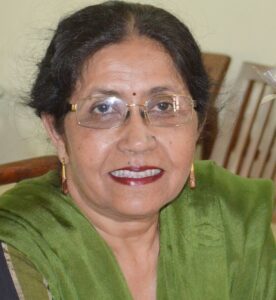
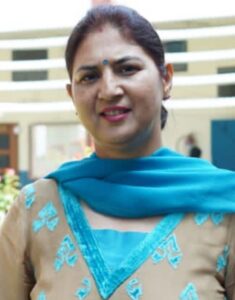
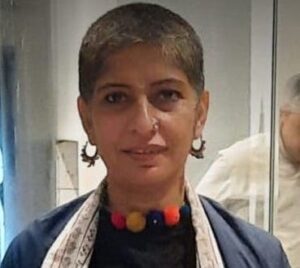
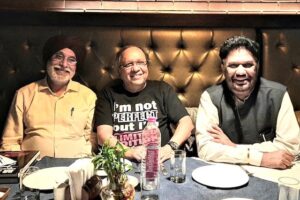
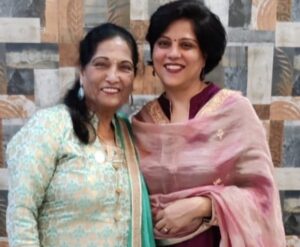
Comments are closed.